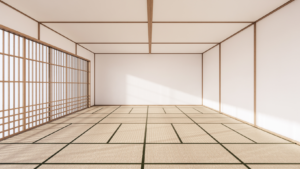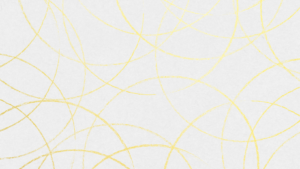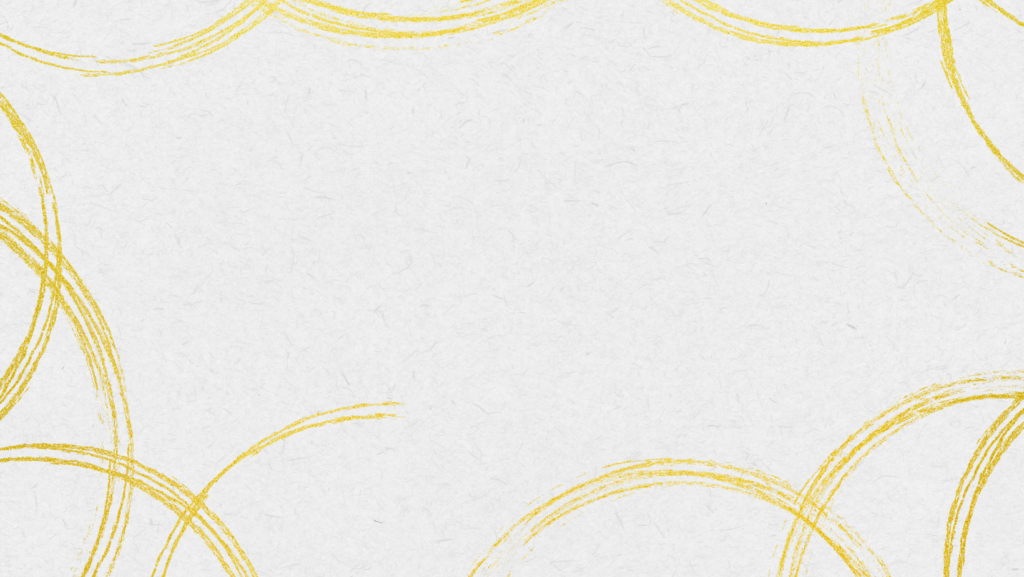Japanese abstract art, a captivating blend of tradition and modernity, offers a unique perspective that challenges conventional boundaries. Rooted in the rich history of Japanese aesthetics, this art form embraces simplicity, asymmetry, and the beauty of imperfection. It reflects the cultural philosophy of wabi-sabi, where the transient nature of beauty is celebrated.
Emerging in the mid-20th century, Japanese abstract artists began to explore new realms of expression, influenced by Western art movements yet deeply connected to their cultural heritage. This fusion results in artworks that are both innovative and deeply introspective, inviting viewers to engage with the unseen and the intangible.
Japanese Abstract Art

Japanese abstract art, intertwining tradition with modern influences, has an evolving history that reflects the dynamic cultural shifts within Japan. This art form, rooted in ancient aesthetics, transitioned remarkably into the abstract realm during the 20th century.
Early Influences
Early Japanese abstract art drew from Zen Buddhism principles, emphasizing simplicity and the void’s presence. The Japanese ink wash paintings, or “sumi-e,” employed minimalistic brush strokes, resonating with abstract forms. Western influence in the late 19th century, including Impressionism and Post-Impressionism, introduced new techniques and perspectives. Artists adapted these while maintaining Japanese elements, leading to a unique fusion.
Key Movements and Milestones
The Gutai Art Association, formed in 1954, launched Japan’s first radical abstract movement. They emphasized material exploration and performance art, leading pivotal change through unconventional methods. The Mono-ha movement in the late 1960s further advanced abstract concepts by focusing on the space and materials themselves. As a result, Japan’s abstract art scene attracted global attention, indicating significant milestones in the visual arts world.
Characteristics of Japanese Abstract Art
Japanese abstract art thrives on the intersection of traditional aesthetics and innovative expression. It’s marked by a unique fusion of cultural influences and diverse techniques.
Cultural Influences

Japanese abstract art is deeply rooted in cultural traditions. It’s shaped by Zen Buddhism, which promotes simplicity and the concept of the void. These elements are evident in minimalist compositions and the use of empty spaces to evoke contemplation. Wabi-sabi, the appreciation of imperfection, informs the subtle beauty in many works. Historical art forms like “sumi-e” or ink wash painting contribute chiaroscuro techniques, enhancing depth. Western art movements in the late 19th and 20th centuries introduced new dimensions and perspectives, resulting in a distinctive blend that honors Japanese heritage while embracing modernity.
Techniques and Mediums
Artists employ various techniques and mediums in Japanese abstract art. Bold brushstrokes characterize many works, drawing from “sumi-e” traditions. Dynamic compositions emerge through asymmetrical arrangements, inviting viewers to explore visual balance. Material choice often includes traditional elements like ink and rice paper, alongside contemporary acrylics and mixed media. The Gutai movement injected performance and installation into the art, creating immersive experiences. This versatility demonstrates the innovative spirit of Japanese abstract artists, who continually expand the boundaries of expression.
Impact on Global Art Scene
Japanese abstract art has significantly shaped the global art landscape through innovative techniques and cultural dialogues. This influence is evident in various collaborative efforts and international exhibitions.
Collaborative Efforts

Japanese artists often engage in cross-cultural collaborations, blending Western and Eastern artistic traditions. Initiatives like the Gutai Art Association attracted participation from international artists, leading to a creative exchange that enriched global abstract art. These collaborations promoted mutual learning and fostered a shared artistic language, resulting in exhibitions that featured global perspectives while maintaining distinct Japanese elements. Collaborations extended beyond artistic practices to educational exchanges, where workshops and lectures allowed for deeper engagement with Japanese abstract art principles.
Recognition and Exhibitions
Global recognition of Japanese abstract art is evident through frequent exhibitions in prestigious venues worldwide. Institutions such as the Museum of Modern Art in New York and the Tate Modern in London frequently showcase works from renowned Japanese abstract artists. These exhibitions highlight the unique synthesis of Japanese aesthetics and modern art practices, drawing significant international attention. Japanese abstract art’s presence in biennales and art fairs further underscores its impact, where it continues to captivate audiences with its distinct blend of tradition and innovation.



